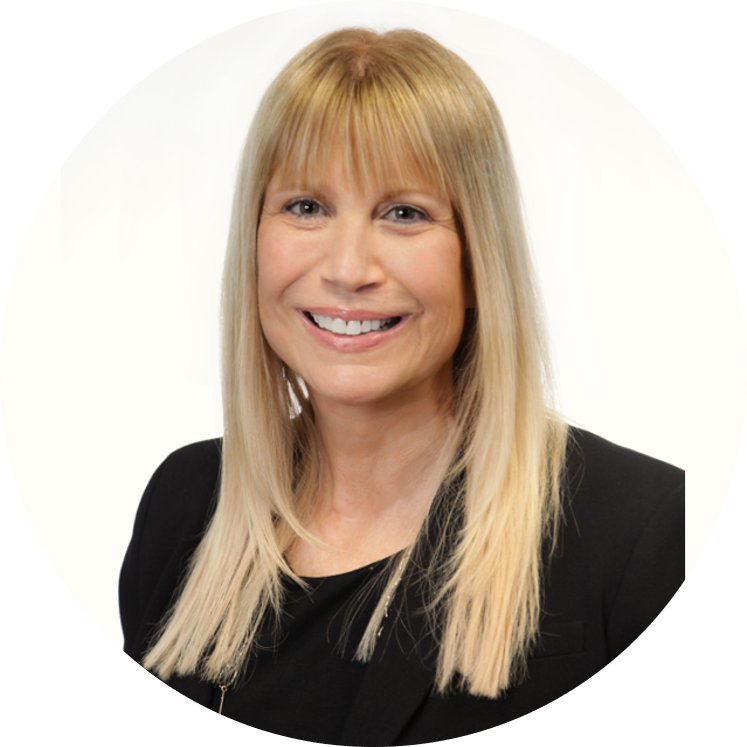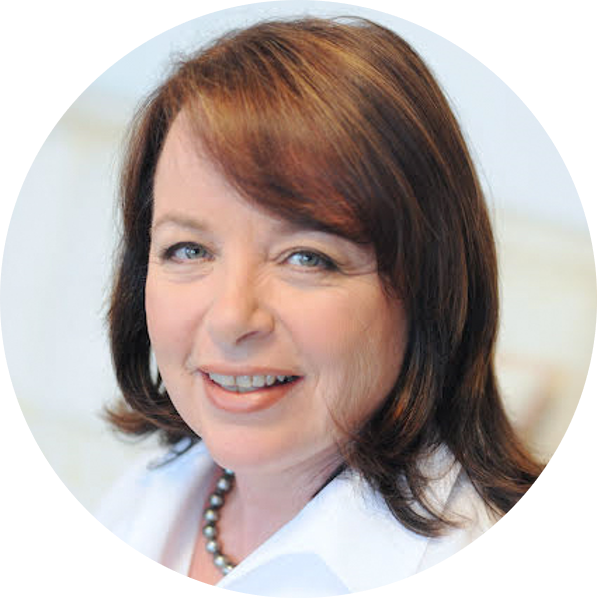

1. Now that the school year is underway, what has surprised you the most about what your customers/students are doing and what’s happening in your market in general?
Our students are typically working adults, women with children and employed with significant responsibilities for their families and community. Our school year runs continuously, and we start new classes every 5 weeks. Like most other educational institutions, we have been working through this sea change caused by the pandemic since last March. At that time, we moved our 5,000 campus-based students to an online format providing the same live, synchronous learning environment with the same class cohort they were used to when on campus. We provided them with lots of technology support and frequent communications. What impressed me is that these students took to the online format seamlessly, they really did not miss a beat in their studies. In fact, we saw attendance increase as students no longer had to deal with traffic or babysitters since they were also working from home. And our campus-based faculty, many of whom were teaching online for the first time, now say they love this online environment and find their students are even more engaged and having richer conversations. Most of our classes range from 5-20 students, so each student experiences a lot of engagement.
In general, the traditional higher education market has been much more disrupted than we have been. We already had a complete online infrastructure and support systems in place for students and staff, because we are already predominantly online; so, our pivot to working in this environment that this virus has created was easier than for most. Many schools had to ramp-up software, hardware, training, student-support programs, etc. as they were used to college being face-to-face, in-person engagement. Consequently, the outcomes across higher ed and K12 have been very disparate and, overall, not very fulfilling for students. And, as many schools attempted to teach in person this fall, they quickly shifted back to either a hybrid model with students on campus but classes online, or sent students back home to be online, as outbreaks of COVID-19 erupted on campuses. This pandemic, it seems, is far from over.
2. What does the new normal for University of Phoenix look like and do you see this continuing or do you think education will go back to what was ‘normal’ prior?
We are fortunate that our former normal, with 96% of our approximately 100k students already online, is our new normal from a learning delivery and student support point of view. So, we like to say, and a number of comedians have noted, that the traditional world of higher ed is coming to the University of Phoenix. We have been teaching online since 1989, as it serves our working adult population very well with its anytime, anyplace flexibility. Will the rest of the world go back to what they had been before? Yes, most will, but they will maintain an online capability, because we have not seen the last of new virus strains, which will cause us to again manage our lives remotely. And the benefit of this new capability is that more technology companies will develop resources to improve online delivery and support systems which will benefit all of us.
3. How long do you expect your employees to work remotely (or were most of them always working remotely)? What are your plans for using your office space going forward?
We recently committed to allowing all of our staff to work from home through May 30, 2021, because we recognize that many of our staff have children in school and some of those schools may still be online with students learning from home. So, we wanted to give them piece of mind to plan their lives. And, our staff have done an amazing job of transitioning to work from home. All of our work is either through the internet or telephony, so we are able to capture performance metrics and outputs easily. Our teams have performed as well as and sometimes, even better than they did in the office, and staff satisfaction is up as they have no commuter stress and more time with their families. It has been a win-win for them. In terms of office space, we very recently decided to make 1500 of our 3500 staff permanent work from home, based upon the success in this modality that I just described. So, we do now have too much office space. Initially, we will look to use some of the space to spread out our staff who return to work next May, depending upon the status of the pandemic, and look to sublet the rest.
4. How has your leadership style changed – or not – during this period? What might you be doing differently now with your team?
The recent events of the pandemic and beyond, entering into the heightened conversations around social justice have certainly changed how I act as a leader. Addressing the changes caused by the pandemic first: A worldwide crisis of these proportions is humbling. You don’t have the answers and your staff is looking to you for guidance. So I’ve called upon my team to solve these challenges with me and have sought the views of people deep within our organization; this is how we were able to successfully shift from 3500 people on a campus to 3500 people working from home three days later, with no dip in serving our students or regulators. Given the now inability of hallway conversations and camaraderie, we began to host “candid conversations with coworkers” with me every Friday morning to specifically talk about non-work-related items, such as food, movies, remember when, etc. And, we continued to be extremely transparent in our communications with all stakeholders, sharing what we knew, and what we didn’t know but would find out. We worked to give people as much sense of normalcy and insights into the future state of work as we could. We continued to hold all hands, 3500-person Zoom discussions about how we were doing as a university and spend 45 minutes each meeting answering any and all questions from staff. Early on, we assembled a cross-functional COVID-19 task force that met weekly to address every type of issue which had come up in real time—that team still meets once per month to discuss status. The cross functional nature of the team made a huge difference as each person could think through all of the impacts to staff, faculty, students and business partners and regulators from their vantage point, which proved to be extremely advantageous.
Not long after this pandemic hit, we as a country, began to address the massive racial injustice we face as a society and what is the role each of us play in addressing centuries of systemic racism built into policies, funding, policing , schools and housing as just a few examples. As a leader, I felt the need to address these injustices for our university and for our staff. And, thus, we held internal Zoom listening sessions open to all to hear about how they show up in the world and how the world appears to them. These conversations became part of a broader set of initiatives to address our role as a university in educating others about cultural competency, and diversity and inclusion among our staff and students. We began to reexamine all of our courses for cultural competence and to assure we reflected the massive diversity of the American population. It should be our greatest strength as a nation. And I take the responsibility for our commitment to doing our part, to be the change we want to see across the university.
5. Any last ‘words of wisdom’ that you would like to share?
There may never have been a better time to invest in education whether improving our K12 system, taking advantage of the needs of higher ed institutions, or addressing the magnitude of the upskilling and reskilling required in industry as we become more technology driven, and simpler jobs being done by machines, leaving the more complex jobs to be done by people. And those people needing the skills, knowledge and competencies to work collaboratively with others and leverage technology in their daily work. We are rapidly approaching the dawn of a new post-industrial age requiring new skills and frequently updated knowledge for working adults. Lifelong learning is now a necessity, not a luxury. It is an exciting time to be working in the field of education
 |  |  |
| ROBIN WARNER Managing Director | JACK NOBLE Partner | NEAL GOFF Senior Advisor |
 | ||
| ERICA GRUEN Senior Advisor |
Please contact us to discuss your Company and also hear what is happening in EdTech M&A!
—
RECENT TRANSACTIONS
 |  |  |  |
—
Oaklins | DESILVA+PHILLIPS is an investment bank for clients that operate at the intersection of content, technology and services. This includes enterprises operating within the media, advertising & marketing, education, healthcare, information services and technology sectors. Over 24 years, clients have included Advance Publications/Condé Nast, Deutsche Börse Group, Elsevier, Hachette, JP Morgan Partners, Microsoft, The New York Times, Time Inc., TPG and Wasserstein & Co., among others. The firm is the TMT practice co-head and industry specialist in Oaklins, the world’s most experienced mid-market M&A advisor, with over 850 professionals globally and dedicated industry teams in more than 45 countries. We have closed 1,700 transactions in the past five years.At Oaklins, we are passionate about M&A. It’s what we do, every day. We give nothing but our very best to do justice to the extraordinary effort our clients put into their businesses. Our partnership with our clients works because we both believe in never settling until we deliver excellence. Coming from every corner of the world and with a diverse range of backgrounds, together we are one global team. The world’s most experienced advisor on mid-market deals.Oaklins is the collective trade name of independent member firms affiliated with Oaklins International Inc. For details of the nature of the affiliation, please refer to www.oaklins.com/legal.
follow on Twitter | follow on LinkedIn
—
FOR MORE INFORMATION CONTACT
Managing Director
Oaklins DeSilva+Phillips
(212) 651-2605

